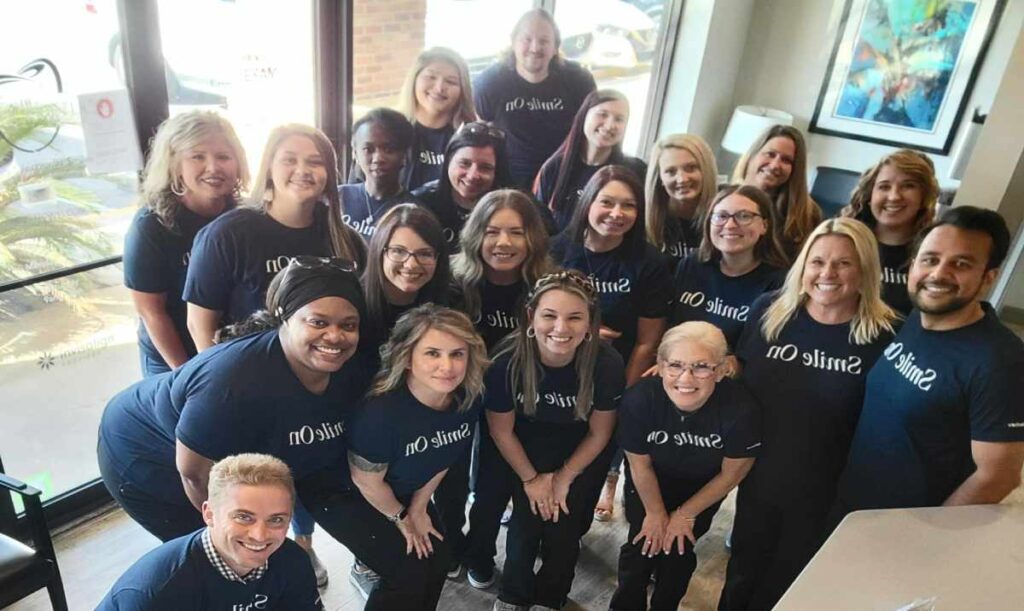Parents are often surprised when their child’s pediatric dentist recommends a visit to the orthodontist around age 7 because the child most likely hasn’t lost even half of their baby teeth. Why would you try and straighten teeth that are just going to fall out in a year or two? Is it a ploy to make more money for the orthodontist?
While unfortunately there are some orthodontists who may push their clients into early treatment to make a bigger profit, most orthodontists have their patients’ best interest at heart and will only recommend early treatment if it is necessary. This recommendation results in two phase orthodontic treatment, which we will explain below.
Phase I Orthodontic Treatment
When children are treated at such a young age, the orthodontist is not striving for perfectly straight teeth. After all, many of the teeth are just going to fall out. In fact, most phase I treatments don’t even include braces. Instead, this is the time when expanders and other appliances are used to prepare the jaws for the incoming adult teeth.
Mixed dentition is a fancy way of saying a person has both baby teeth and adult teeth at the same time. And it is during this time that it can be easier to fix overcrowding, cross-bites, overbites, and underbite issues. Expanding and/or realigning the jaws sooner rather than later can often prevent the need for extractions or jaw surgery when the patient is older.
Another reason braces may be applied during this phase is if a child’s front teeth stick out unusually far. Early treatment can help move them back into a more reasonable position to prevent them from getting chipped or damaged if the child falls or gets hit. It can also help the child socially if he or she is being teased about the way their teeth look.
In the 10-20% of cases that require two phases of orthodontic treatment, phase I usually occurs between the ages of 7 and 11 and lasts approximately 10-14 months. After the first phase is complete, a retainer will be worn until phase II begins.
Phase II Orthodontic Treatment
Phase II typically begins once most of the adult teeth are in place and the child’s 12-year molars are close to erupting. A full mouth of braces or sometimes even Invisalign can be used to align the teeth and create the picture-perfect smile. This stage of treatment can start as early as age 11 and can be done throughout a person’s teen or adult years. While some mild cases can be corrected in a few months with Invisalign, most phase II treatments last 18-24 months.
If your 7-year-old’s dentist has said you should take them to an orthodontist, find a reputable practice and make an appointment. Many orthodontists, like Charleston Orthodontic Specialists, will do the initial exam for free. If you are uncomfortable with the first opinion you receive, don’t hesitate to get a second one. Two phase treatment isn’t for everyone, but it can be very helpful in certain situations and may prevent the need for more invasive procedures later in life.



